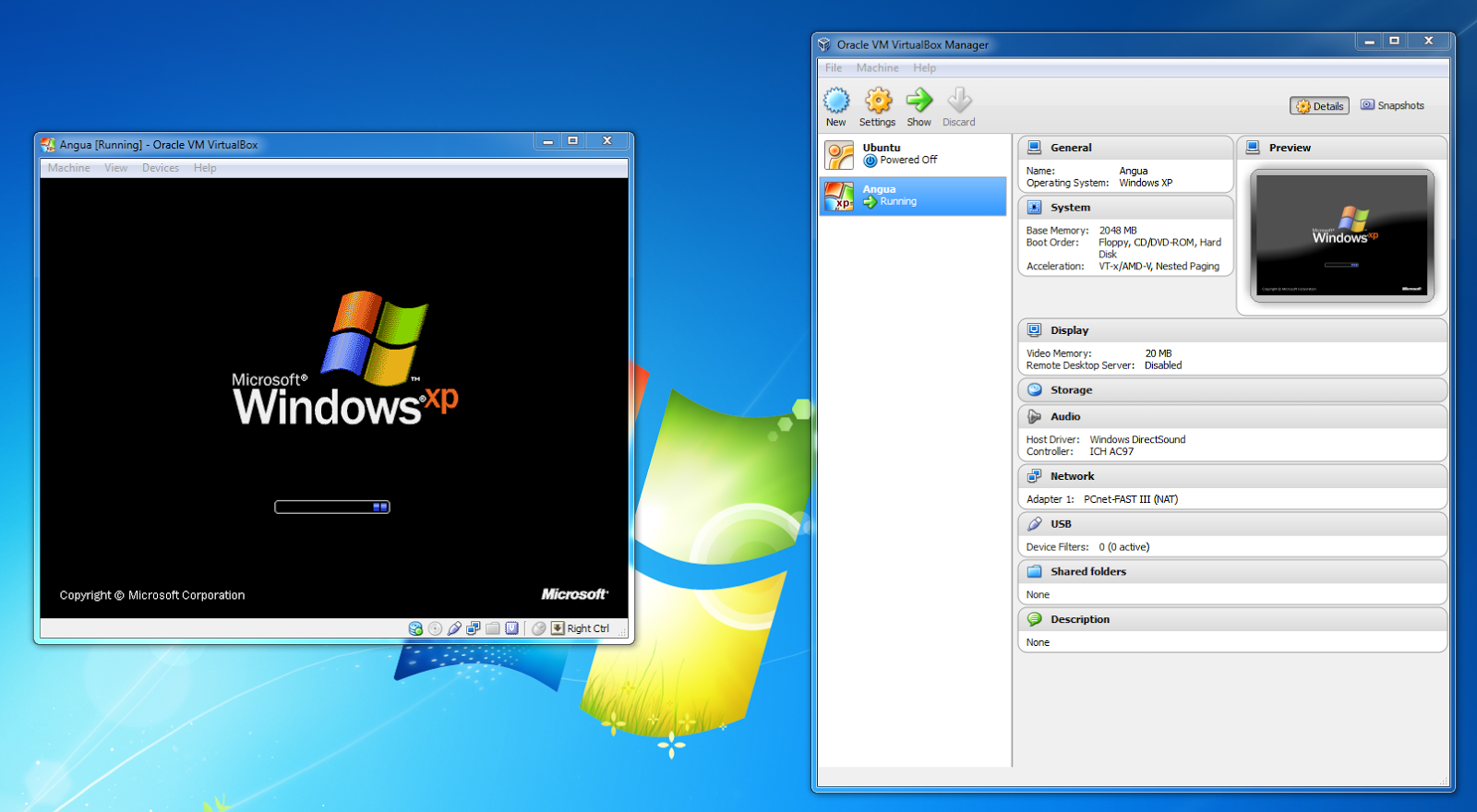
shell enhancements such as the Quick Launch toolbar) were now integrated. Originally available separately or as part of Windows 95 OSR 2.5, Internet Explorer 4.0 and the Windows Desktop Update (e.g. The RTM release brought together several bits and pieces that were made available for Windows 95 over time. To understand the differences between the two, I’ll briefly go over the changes. Unless it’s out of curiosity, there’s not really a compelling reason to not go with SE. Windows 98 saw two releases over its lifetime, the original RTM in June 1998, followed by the Second Edition (SE) in May 1999. Despite all the mention of gaming, VirtualBox is better suited for applications. Personally I built a Pentium III 800 MHz PC for Windows 98 gaming, and it’s brilliant for this. Also if the intent is gaming where DirectX and 3D acceleration is needed, I’d be more inclined to use PCem to emulate hardware from the era. Unfortunately VirtualBox once again provides limited support for Windows 98, so the Guest Additions isn’t going to be of use.


Then boot the VM and select the option 'Live CD' and then absorb the unallocated space into an existing partition. Open gparted within the VM and then create a new partition with the unallocated space.īut to absorb the 'unallocated' space into an existing partition you will need to attach either of the following to your VM (Under Settings -> Storage -> Storage Tree): To simply create a new partition you will have to install gpartedfrom within the guest VM: sudo apt-get install gparted Note that the new size must be in MB, there is a nice converter here:Ĭonvert GB to MB - Conversion of Measurement Units I have linked to a possible duplicate question above but for your specific example you could try the following on the Host computer: VBoxManage modifyhd seerverubuntu.vdi -resize 30000


 0 kommentar(er)
0 kommentar(er)
